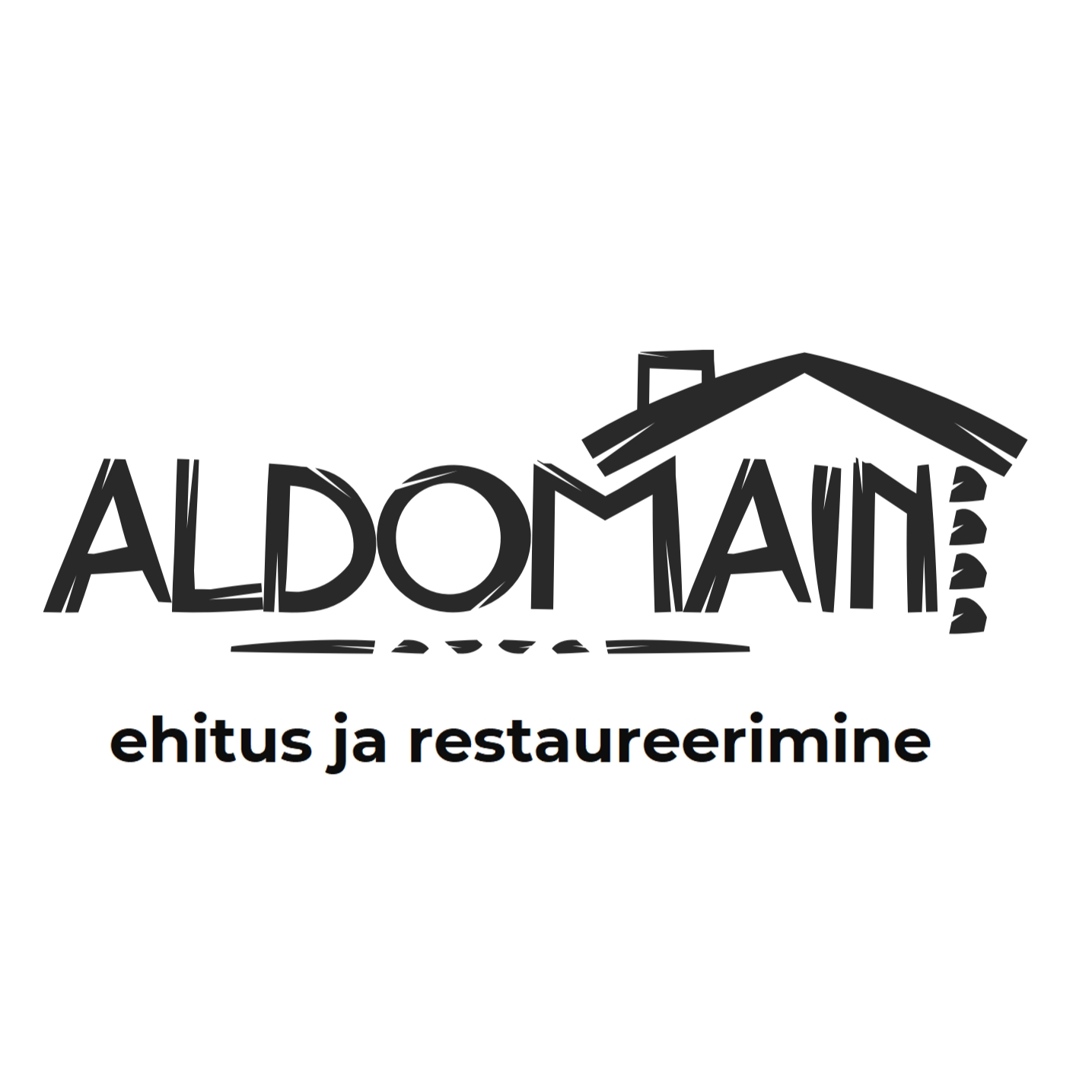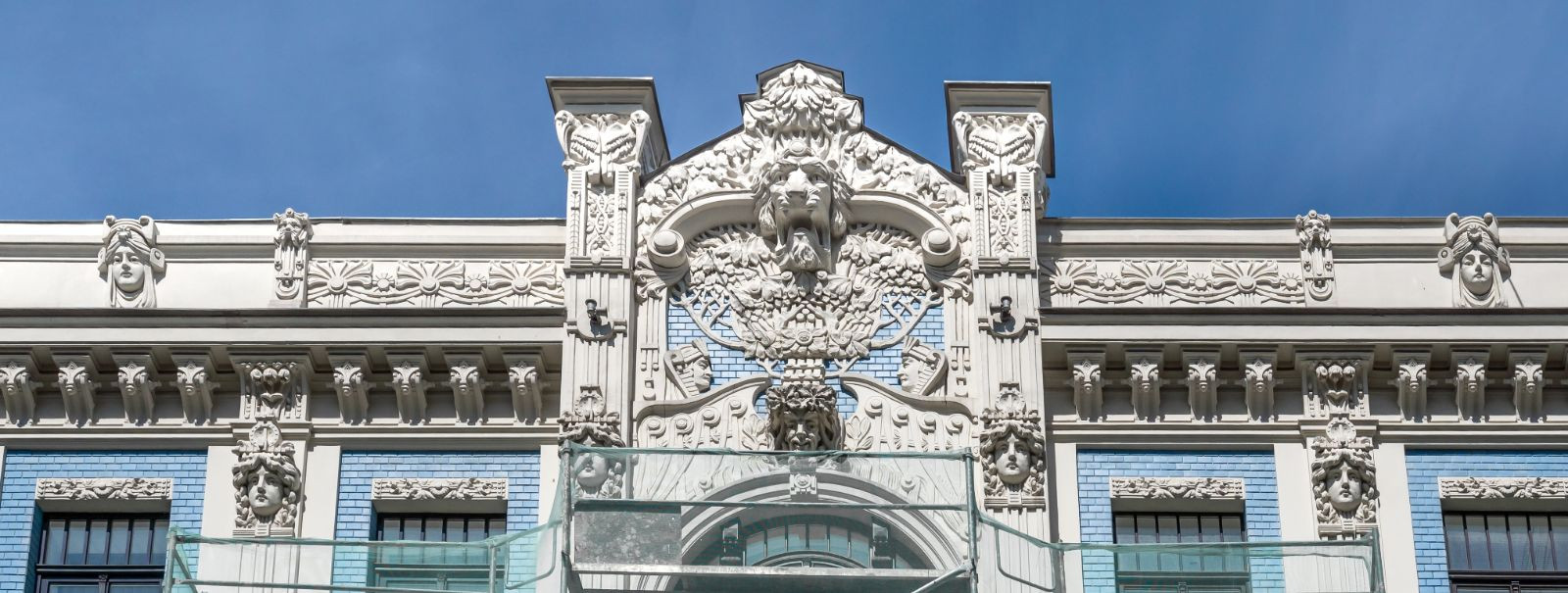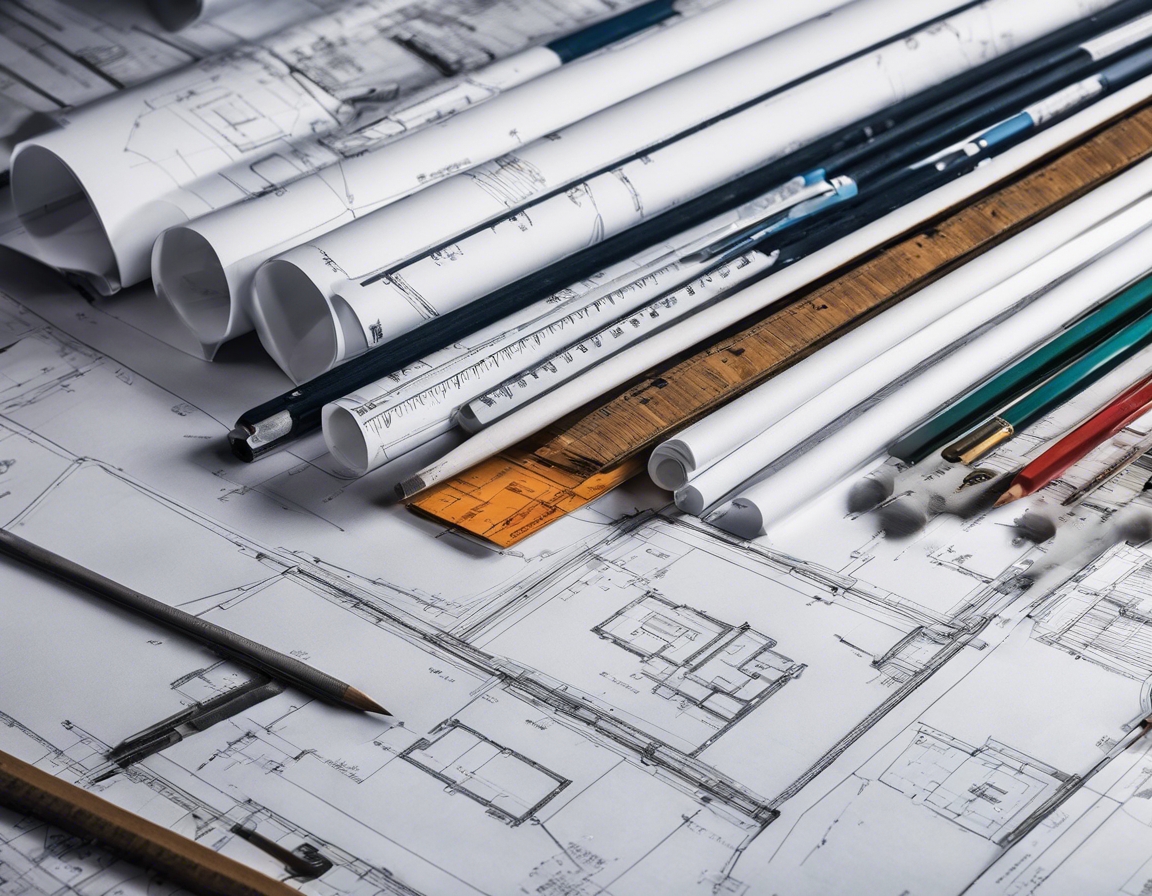The art of restoring historical buildings: a guide
Historical buildings are not just structures; they are tangible links to our past, telling stories of different eras, cultures, and the people who came before us. Restoring these buildings is a crucial part of preserving cultural heritage, ensuring that future generations can learn from and appreciate history in a tangible way.
Restoration of historical buildings presents unique challenges. It requires a delicate balance between maintaining original features and meeting modern safety standards. Each building has its own set of issues, from structural weaknesses to outdated materials, all of which must be addressed with care and precision.
Pre-Restoration Considerations
Before any work begins, it's essential to understand the building's historical value. This involves researching its past, identifying significant architectural features, and determining its place in the broader context of heritage conservation.
A detailed condition survey is the first step in any restoration project. This survey assesses the building's physical state, identifies areas of concern, and helps in planning the restoration process.
Restoring a historical building often involves navigating a complex web of legal requirements. This includes obtaining the necessary permissions from heritage conservation authorities and ensuring compliance with local, national, and international preservation laws.
The Restoration Process
A comprehensive restoration plan is the blueprint for the project. It outlines the work to be done, the materials and techniques to be used, and the timeline for completion.
Selecting appropriate materials and techniques is vital to maintain the building's historical integrity. This often involves sourcing original or similar materials and employing traditional craftsmanship methods.
While aesthetics are important, the safety and structural integrity of the building cannot be compromised. Modern engineering solutions may be required to reinforce the building's framework while preserving its historical character.
Architectural details are the hallmark of historical buildings. Restorers must pay close attention to these elements, often requiring specialized skills to repair or recreate them accurately.
Modern Technology in Historical Restoration
Modern diagnostic tools allow restorers to see beyond the surface, identifying issues that are not visible to the naked eye. This technology is invaluable in planning and executing a restoration project.
Innovation in restoration techniques has opened up new possibilities for preserving historical buildings. These methods can offer better results with less impact on the original structure.
One of the most significant challenges in historical building restoration is integrating modern amenities without disrupting the building's character. This requires creative solutions and careful planning.
Sustainability in Restoration
Eco-friendly materials are increasingly used in restoration projects to reduce environmental impact and promote sustainability.
Improving energy efficiency is a key goal in the restoration of historical buildings. This not only helps in reducing operational costs but also contributes to the building's long-term sustainability.
Maintaining the Restored Building
Regular inspections and maintenance are crucial to preserving the integrity of a restored historical building. This ongoing care ensures that the building remains safe and functional for years to come.
Adaptive reuse is a strategy that involves repurposing historical buildings for modern uses while maintaining their historical features. This approach ensures that buildings remain relevant and cared for in the contemporary landscape.






Comments (0)